Workforce in Motion: LMI 2017-2022
This report gathered information on workforce demographics, labour supply and demand gaps, human resource needs, and post-secondary training.
EHRC Labour Market Intelligence 2017-2022 Report
According to Statistic Canada’s 2016 census, the electricity sector in Canada employs 106,575 utility workers across varied occupations. As many of those workers are retiring in the near future, it is critical for employers to develop an adequate pool of skilled workers now both for today’s and tomorrow’s labour market.
Workforce in Motion is a continuation of EHRC’s 2011 LMI Power in Motion. The study’s aim was to build an updated body of knowledge that can inform industry’s capabilities in workforce planning, regulatory filing and organizational planning. Mitigating business risks related to human resources management was a focus for identifying training, programming, and curriculum requirements.
Under the strategic guidance of our National LMI Advisory Committee, the research included an environmental scan, primary research (including a national survey of employers), key informant interviews, and a survey of educational institutions. Decision makers can use the information gathered through this study to plan effectively for future human resources needs. The information should be used to:
- Inform organizations on skills and skills-gaps in the workforce;
- Support human resources (HR) and organizational planning;
- Brief senior managers on the issues and priorities for HR;
- Brief regulators and other stakeholders on the issues, costs and initiatives for HR development;
- Coordinate labour market analysis with other industries and sector councils;
- Inform educators, career advisors, and job seekers about opportunities in the sector, related education and training, and the relevance, certifiability, and transferability of credentials;
- Identify the range of workplace skills required: employers are increasingly looking for workers with multi-faceted competencies—not just technical knowledge, but also professional skills such as collaboration and teamwork, problem-solving, leadership;
- Guide decisions on immigration and inform potential immigrants about opportunities in the electricity industry and the required skills;
- Inform policy makers on labour market conditions and HR priorities.
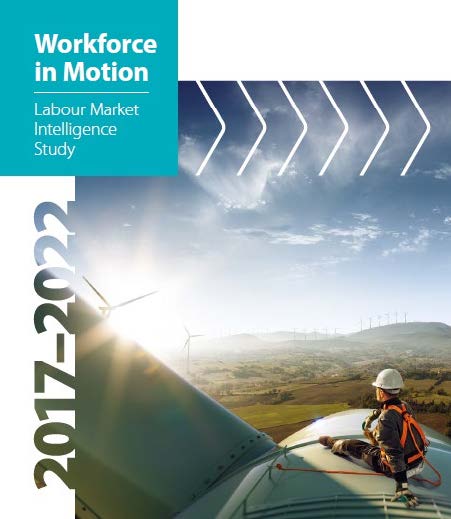
Acknowledgements
EHRC would like to thank the National LMI Steering Committee who shared their expertise, advice, and guidance. In addition, they assessed project activities, validated findings, assisted with stakeholder engagement and determined how the findings could be used for the industry. Thank you to the following organizations who kindly supported this study:
-
New Brunswick (NB) Power

-
Burlington Hydro

-
Ontario Power Generation (OPG)
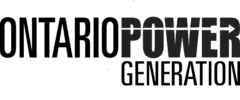
-
National Electrical Trade Council (NETCO)

-
Fortis BC

-
Cameco
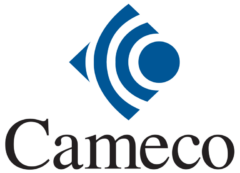
-
Canadian Nuclear Association (CNA)

-
BC Hydro

-
Power Workers' Union
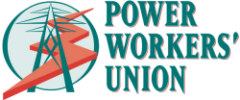
-
CCTT

-
Engineers Canada

-
Electrical Distributors Association (EDA)

-
College of New Caledonia

-
Natural Resources Canada

-
Carleton University

Alberta Advisory Committee
While working on the national perspective, EHRC simultaneously worked with stakeholders in Alberta to examine the impacts of a rapidly changing landscape on employment in the sector, such as the increased focus on renewable energy and the move away from coal. Results from this study were integrated with the National LMI Study report and are also available as a stand-alone report. Thank you to those on the Alberta Advisory Committee for their insight and leadership.
-
TransAlta

-
AESO

-
AltaLink

-
University of Calgary

-
IBEW

-
SAIT
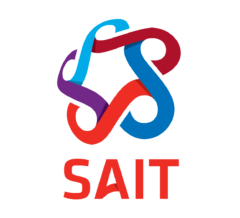
-
Enmax

-
ECAA
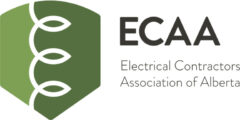
-
Capital Power

-
CanSIA
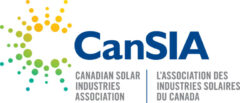
-
CanWEA
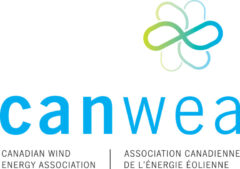
-
Government of Canada

-
Government of Alberta
